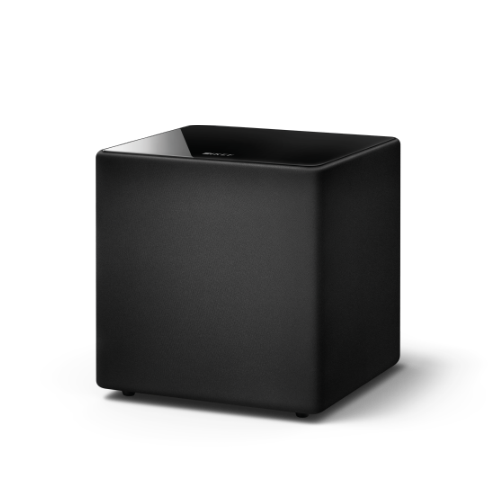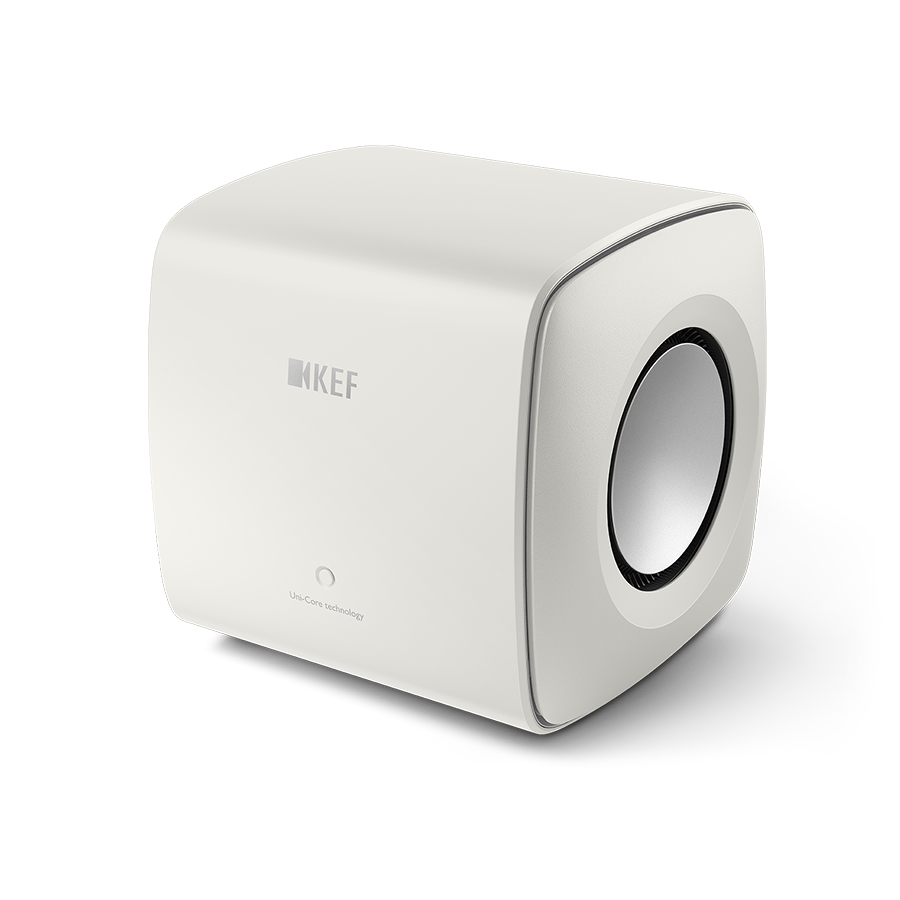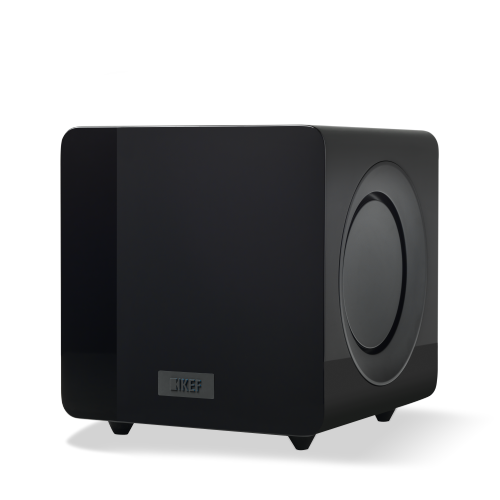Why Do I Need A Subwoofer?
By handing off the job of producing the lowest frequencies to the subwoofer, the main speakers have an easier time reproducing the rest of the frequencies. Once the main speakers are high pass filtered, the bass drivers no longer need to fulfil the large displacement requirements of producing the lowest frequencies. Reducing driver displacement reduces distortion and improves the headroom, allowing the main speakers to play cleanly at louder playback levels.
The improvement is especially noticeable on two-way systems, such as the LSX II and LS50 Wireless II, that do not have a dedicated bass driver but one that produces low and mid frequencies. For a more in-depth guide on subwoofers, here’s everything you need to know.
Understanding Room Modes
Room modes are a physical phenomenon in which low frequency sound waves combine with their own reflection to give rise to large peaks and dips at certain frequencies – you can see an example of this in the graphs below.

Where these room modes occur in frequency is actually determined by the room itself, particularly its geometric dimensions. Lowest room modes occur along the longest dimension of the room. For example, if you had a perfectly rectangular room that was 5m long, 4m wide and 3m tall, the lowest room mode will occur along the length dimension at 34.3Hz – which is right in the operating range of your subwoofer. The room mode itself will feature a pattern of high- and low-pressure areas, as shown below.

If the subwoofer is placed in either of the high-pressure areas, it will couple with the room mode very strongly which will result is a large peak in the frequency response of your subwoofer. Unfortunately, this will be audible as not only will it stand out more compared to the rest of the frequencies, but it will also decay very slowly and ‘ring’ around in the room making your system sound boomy and the bass ‘loose’ or ‘slow’.
How To Balance Room Modes
Room modes will also occur along the rest of the dimensions and between combinations of these dimensions as well so at any given time several room modes may be coming into play simultaneously. We don’t have to worry too much about this, because all rooms have room modes, and we are used to hearing them to an extent.
The goal is to balance room modes as much as possible and the key to doing is placement. For this, you can try the subwoofer crawl trick. Place the sub on your listening seat and play some bass-heavy music. Then crawl around on the floor in the area where you would like to place your subwoofer and listen. Listen to whether it sounds good to you and pick the position that sounds best to you. Then simply switch places with your sub and you should have a system that sounds great!
Adding A Second Subwoofer To Fix Problem Room Modes
Most of us have rooms in our houses that serve multiple purposes. For instance, your ‘listening’ room might also be your family living room with various pieces of furniture and other items in space limiting your options for finding the best position for your sub. For example, the output of your subwoofer at your best compromise position might look something like this.

It is possible to see how the mode at 34.3Hz ‘rings’ on by looking at the waterfall decay plot. A full 1 second later, the room mode is still ringing on.

Room modes have an interesting property which is that the areas of pressure have a polarity. If you look back at the shape of the room mode at 34.3Hz along the length dimension, you can see the pressure is negative for the first half and positive for the second half and zero in the middle. Naturally, if you place your single sub at the mid-point of the length, you will suppress the room mode. But this will be in the centre of your room and may not be a feasible solution.
Instead, you can bring in another subwoofer and position it to cancel the excitation of the first subwoofer. You can do this by mirroring the position of the first sub along the centre line. Don’t forget to reduce the gains for each of the subs by 6dB to maintain the original output level.
Here is a visual representation of how the room mode at 34.3Hz behaves with one (left) and two (right) subwoofers.
Bringing in the second sub not only suppresses the first mode at 34.3Hz but the one at 68.6Hz, 92.3Hz, and so on, and this is all down to placement and symmetry. Of course, if you had more subs, for example, four subs, you could suppress even more modes by extending this simple scheme. Ultimately, suppressing problem room modes is the key to improving the in-room performance of your subs and by extension, that of your entire system.
How To Position Subwoofers In A Non-Rectangular Room
There is a small caveat that we haven’t mentioned so far which is that most rooms are not perfectly rectangular. Features such as doors, windows, fireplaces, alcoves etc can alter the frequency where the room modes occur and affect their shapes across the room. So simply placing two subs symmetrically in a non-rectangular room will not give the same results are those highlighted above but there is a solution! Subwoofer crawl, again.
Once you have positioned your first subwoofer and identified your problem room mode, play a pure tone at the frequency and crawl around the room again. This time you are trying to find the position in the opposite half of the room where that note sounds the loudest. This will be in the high-pressure region. Simply place your second sub at that position and go back to your listening seat. Don’t forget to update the pre-set by telling the KEF Connect app that you now have two subs. You should notice that the note is a lot quieter than before (with just one sub). This proves that the mechanism is working! If it's louder, do not panic. This means that your subs are radiating with the same polarity and adding up rather than cancelling each other out. Simply go the back of one of your subs and flip the phase to 180 degrees. You might find that once you have set the phases correctly, adjusting the position of the sub might help improve the results even further. Now, you can enjoy a well set-up system in a well-behaved room. Listen to your favourite music with both of your subs. Then turn one off and try to hear the difference. Then turn the second sub back on again and notice the difference.






